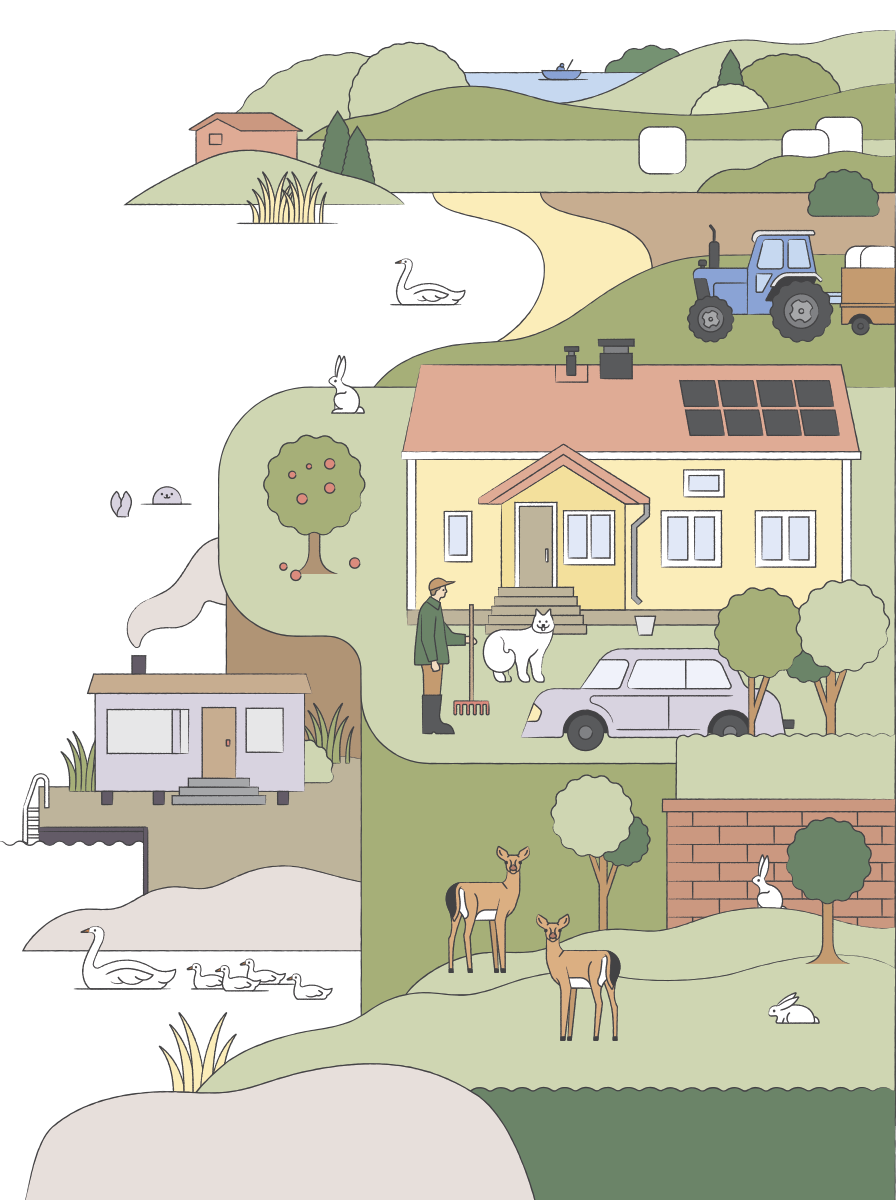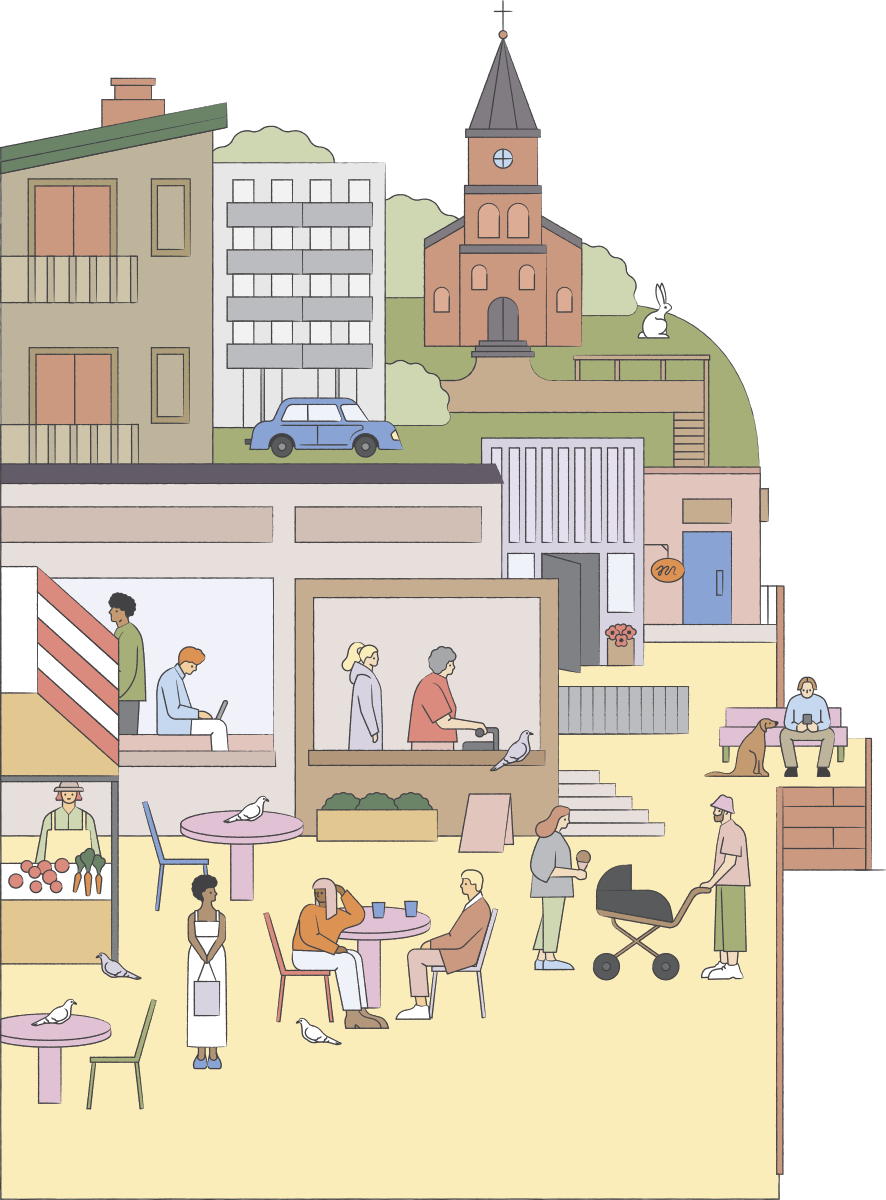Humankind consumes nearly twice the amount of natural resources actually available, and in Finland we consume as much as four times more than is available on earth. For this reason, the recycling of both renewable (e.g. wood, paper) and non-renewable (e.g. metals, plastics) is very important.
Materiaalien kierrätys pienentää Recycling reduces CO2 emissions significantly
Recycling reduces CO2 emissions significantly because the carbon footprint of the products made of recycled materials is usually much smaller compared to those made of virgin materials.
Circular economy is a model to cycle materials and energy and to maintain their value without producing waste.
Recycling works if it is easy and effortless to do at home.
- There needs to be a sufficient number of spacious waste containers for at least organic waste, plastics, metals, glass, paper, carton and mixed waste. In addition, it is a good idea to have separate containers for batteries, pharmaceuticals and similar items.
- Also reserve a recycling place for clothes, toys, appliances, and other domestic items.
- A separate recycling cabinet with shelves or containers in the kitchen or hallway will make recycling easier.
- Contact your housing company and propose (rental apartment and ownership) to set up a shelf or a similar place for recycling items next to the waste containers and encourage the housing company to add more containers for sorting if they are missing.
- In a suburban area, the neighbourhood can share containers for recycling paper and plastics. You can add a swapping station next to the common waste containers.
- Start a social media group, if there is not one to begin with, to recycle second-hand items and materials in your housing company or neighbourhood.
- Organize a yard sale in your yard, on the street or in the park!
- Avoid buying unnecessary items and prefer long-lasting, unpacked and repairable products.
More about this topic:
- Where to transport recyclable materials?
- Helsinki Region Environmental Services HSY’s waste and recycling pages
- Finnish work efficiency organization TTS’s tips in Finnish




